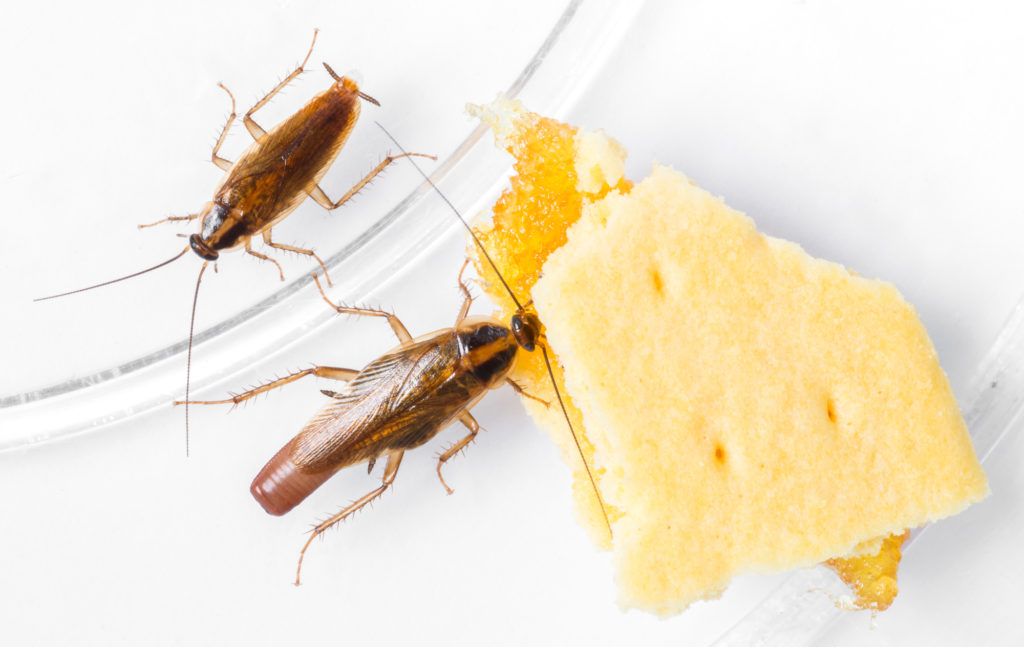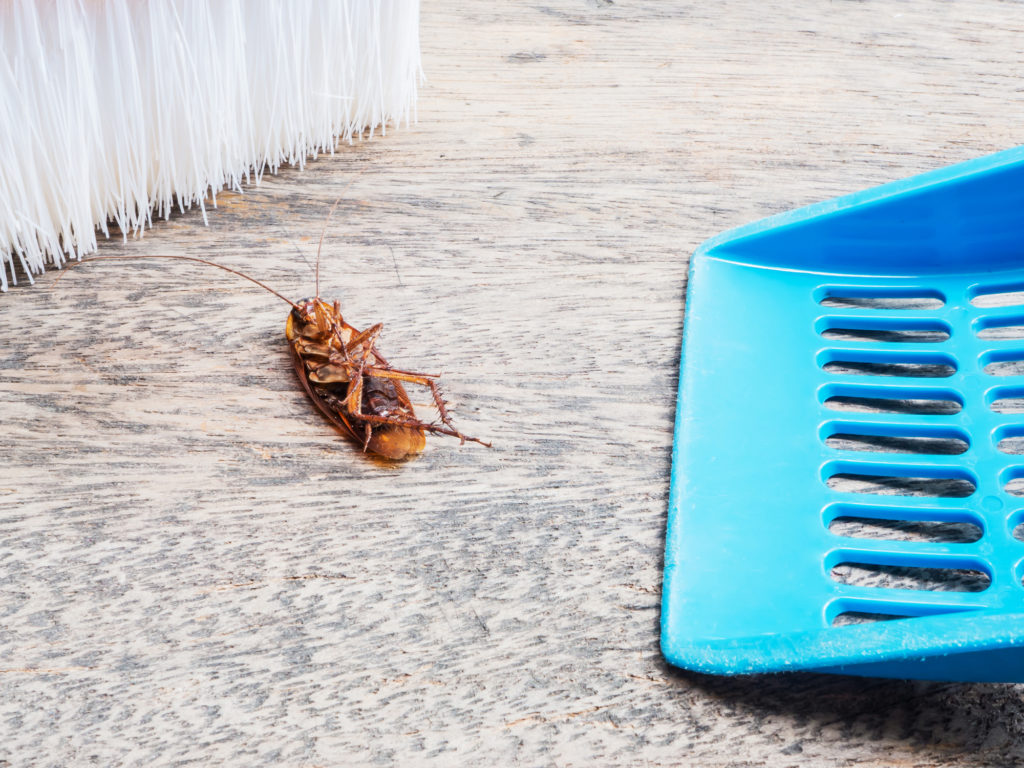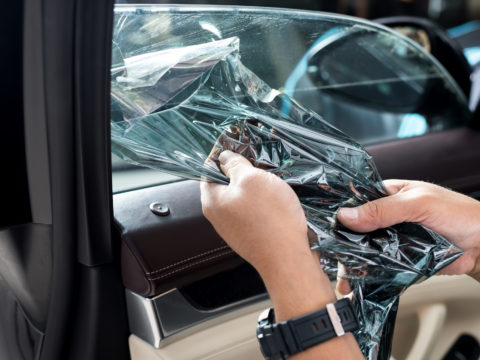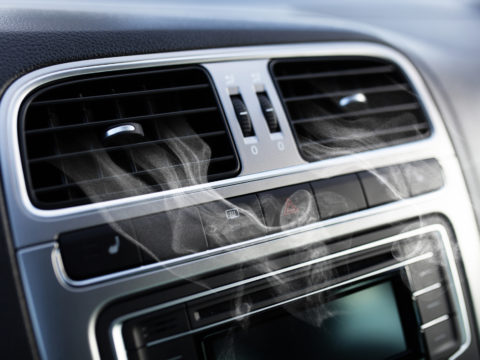It’s a fact that roaches are everywhere. You can find them in homes, restaurants, and even cars. If you have a car, there are likely some roaches hiding out among the car vents. From there, they will eventually find their way into your vehicle. This article will discuss how to get rid of those pesky creatures from your vents quickly and efficiently!

Contents
How Do Roaches Get In Your Car?
Roaches are not only found in dirty homes. They can be found just about anywhere! They don’t discriminate when it comes to hiding out either. If there is a cozy warm spot for them to call home, you will find roaches living there!
That includes your car. There are many ways roaches can get in your car, but the primary way is through the vents. Soft rubber and metal vents provide a great entry point because they have a large area for a small hole.
Once the roach gets in, they might decide to live inside one of your vents or even take up residence between your dashboard and windshield, which puts them directly above where you sit while driving your vehicle.
Main Reason Cockroaches Get Into Cars
The main reason they want to live or visit your car has a lot to do with food and water.
Roaches are scavengers, and they will seek out places that provide shelter and a ready supply of food and water. When you go on a long road trip, there might not be unlimited supplies in your vehicle, but there is likely some food here or there that gets left behind in nooks and crannies around the center console or backseat areas.
It isn’t enough for roaches to live off of, but it isn’t so little they won’t want to come and take a look.
Where Do Roaches Hide in Cars?
Here are some places where roaches can hide in cars:
Air Vents: Roaches love to get inside vehicles because it shelters them from the elements. They are small enough that they can fit into vents easily. If they find a vent within your car, they will likely reside there for months at a time while giving birth to baby roaches.
Dashboard Behind Windshield: Like with the air vents, roaches can get in between the dashboard and windshield during road trips. It’s dark and warm in most cars, so they will find a nice spot to rest while giving birth to their babies.
Center Console: Roaches love hiding out in places where food is nearby. The center console is a good hiding spot because you might have some food in the cup holders right above it.
Trunk: Roaches can squeeze through tiny cracks and gaps inside your car trunk. They are looking for warmth, shelter, and food/water, so if they find this combination of items in your car or truck, they will likely continue to visit often.
Dangers of Having Roaches in Your Car
Most people are disgusted by the thought of having roaches in their car, and they have the right to do so. Some dangers come with having these creatures around. First off, if you have a pet in your vehicle, they might be at risk for catching diseases from the roaches.
If you have children, this is especially dangerous because kids are much more likely to put their hands in their mouths after touching things on the dashboard or seats where roaches have been standing.
What is the Fastest Way to Get Rid of Roaches in a Car?
There are a few different ways to get rid of roaches in cars. Here are some things you can do at home.
1) Car Fumigation or Chemical Method
This is the fastest and probably most efficient way to get rid of roaches in your car. You place a chemical inside the car that will kill all roaches that come into contact with it. The problem with this method is finding something strong enough to last long but safe for you and your family and the environment.
Some of the pesticides you can use include the following:
- Orthene PCO
- D-Fence SC
- Delta Dust Insecticide (crystal clear dust that kills roaches)
- Cyper WP (liquid concentrate that is diluted with water and then sprayed on the inside of your car)
- Onslaught FastCap Spider & Scorpion Insecticide
2) Biological Method
The biological method uses a roach bait gel to attract the roaches and then kill them when they eat. This method works but takes a while before you notice results because not many will be on their way to your car from other homes or nests.
One of the reasons you might want to use this method is because it is entirely safe, and you can put the gel in areas where children and pets don’t have access. In addition, it’s safer than using other chemicals that might harm them.
3) Physical or Natural Method
This is where all you have to do is use a bowl or ice cube tray filled with soapy water. Place the bowl/tray in areas where roaches are likely to be found inside your car. The soap will kill them when they come into contact with it.
Another natural method is to place cucumber peels (non-treated) in areas where roaches are likely to be found. The smell will keep them away. This solution is safe for children and pets if they accidentally eat the peels.
If you don’t have cucumber peels, you can always use bay leaves, coffee beans, cloves, or dried peppermint. The idea is to create an odor that will repel the roaches so they won’t want to be anywhere near your car.
These natural methods are usually the slowest but are also the most environmentally friendly.

How Do You Prevent Roaches from Getting in Your Car?
The best way to prevent roaches from getting inside your car is to make sure you never leave leaves or other debris on top of or near your vehicle. Cockroaches use these items as a hiding spot and breeding ground. If they don’t find anything to put in their nest, they won’t come looking for other areas like vents and cup holders to give birth and lay eggs.
Another great preventative measure is to ensure you don’t leave leftover food or dirty dishes in the car overnight. This might be a struggle for some people, but it is essential to keep your car as clean as possible to avoid roaches from getting inside.
If you have been having problems with roaches inside your car, chances are they have been gaining access through cracks and crevices under the hood. For this reason, always check around the engine compartment and look at every seam before using any chemical sprays near the engine.
If there aren’t many cracks, place sticky insect traps on all door seals and other locations that usually attract roaches, such as cup holders. They will be much more attracted by smell than other traps.
By following these steps, you should get rid of roaches in the car fast and fight off another infestation before it starts. You should also prevent other roaches from coming into your home or car in the future.
Remember, even if you haven’t seen any roaches for a while, there might be larvae around that will someday become adults and use your car as their new home. The best thing is always to remain vigilant when it comes to protecting your family and property.
FAQ
Can Roaches Survive in a Hot Car?
Yes. Car temperatures can reach up to 117 degrees Fahrenheit in the summer. But, like many other insects and bugs, Roaches can still survive when exposed to such high temperatures for an extended period.
Will Roaches Die in a Cold Car?
As long as your car is not too cold for them to survive, roaches can still live inside a cold car. They can be active in temperatures as low as negative 4 degrees Fahrenheit.
How Long Does it Take to Get Rid of Roaches in Car?
It depends on the number of roaches in your car. For a first infestation, it will take about two weeks to completely get rid of them, if not longer. If there are more, it might take some time before you start noticing any positive results after putting out the traps and applying the gel. After this initial treatment, make sure you prevent future ones by following the prevention tips above.
Conclusion
Roaches are disgusting bugs that are difficult to control and can cause serious health risks. By following the tips above, you should be able to get rid of roaches in your car fast and prevent them from coming back. Remember, if you have a severe infestation on your hands, it is always best to seek professional help.














